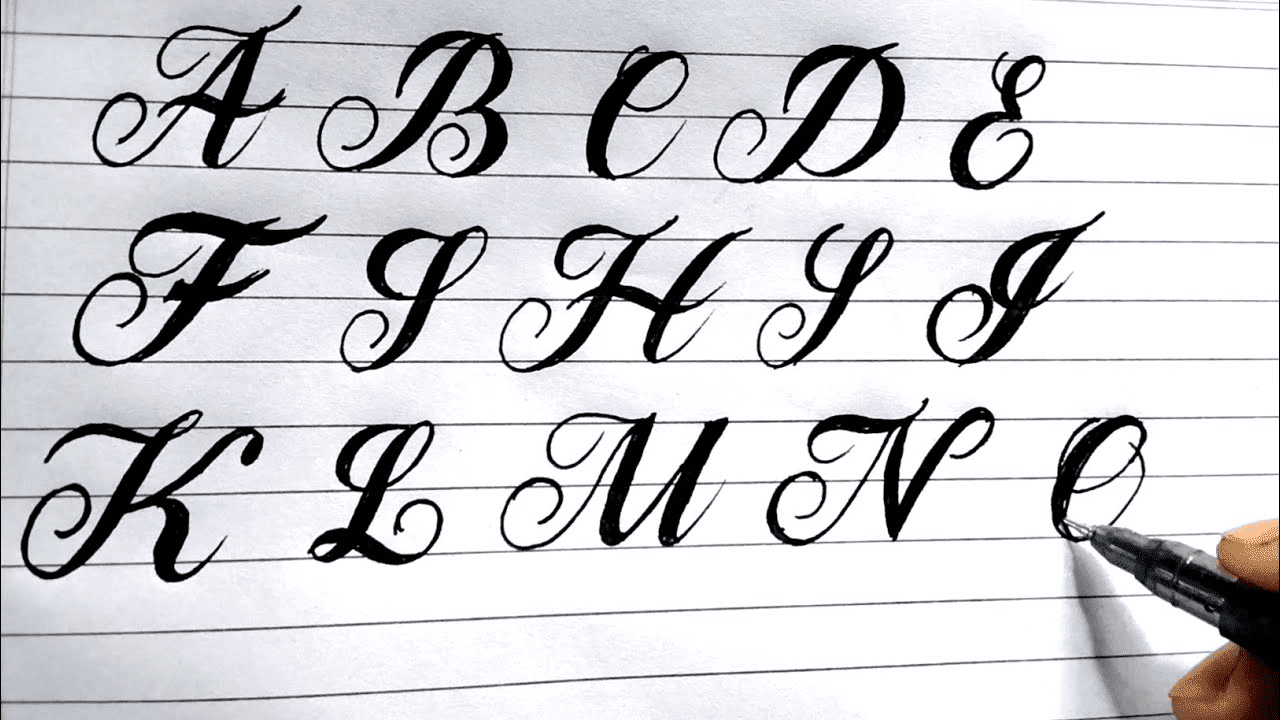
Just like the real world, everything has a purpose in the digital one as well. Even the website color schemes are planned and just randomly selected just because they look cool.
Color has a huge impact on our mood. The effects are subtle but intense enough to affect our behavior. Therefore, while deciding a color palette for a website’s layout, understanding the psychology of color is crucial.
What is Color Psychology?
In simple words, the study of the impact of color on human behavior is called color psychology. It is critical for a website designer to study the influence of color human behavior.
According to the stats published in the book Management Decision by Satyendra Singh, people make up their minds within 90 seconds of their initial interaction with products or websites. About 62% to 90% of the assessment is based on color alone. Therefore, color plays a vital role in the effectiveness of your online presence.
Impact Of Nature On Color Psychology
Nature deeply inspires people the way they look at colors. For instance, the brands use a green color when they want to portray an eco-friendly image. On the other hand, blue is also associated with freshness, calmness, and trust.
Nature is full of colors, and we have all grown up experiencing different shades of it. When we gaze upon the greenery around us, we feel alive. Sunbathing at a seashore gives us tranquility. Staring at those deeply rooted mountains gives a sense of strength and power. Therefore, if website color schemes adopt the shades of nature, it will have a similar influence on the viewers.
Impact Of Culture On Color Psychology
Well, it is a fact that some colors are associated with certain feelings. However, while selecting a color palette for a website’s layout you need to consider the cultural aspect as well; especially, if your services are for people of a certain area.
Color associations tend to differ from culture to culture. For example, white color is associated with happiness in the west, and brides are seen wearing a white dress; on the other hand, white is associated with mourning in the east. A thorough research on demographics will help you to come up with better color schemes.
Emotions Associated With Different Colors
Color plays an important role in shaping the perception of your brand. It is a form of non-verbal communication that deeply influences consumer decisions.
It may seem inessential or irrelevant, but a designer needs to explain why he has chosen a specific color. If you are designing for a client, justifying by just saying it looks great will not be considered a satisfactory answer.
How Good Color Scheme Impact the Conversion Rate and UX on Website
In this article, we will tell you about some universal feelings associated with widely used colors.
Red
- An interesting fact: red is the first color that we see as babies after black and white.
- It is easily noticeable. Therefore, many road signs are red.
- Red color prompts action and is quite memorable. Incorporating it into your call to action buttons is a wise choice.
- The connotations associated with red makes it a widely used color. It evokes the feeling of power, love, compassion, and on the other hand, it is also used to express hate and anger.
- Positive traits: powerful, energizing, stimulating, courageous, spontaneous, and determined.
- Negative traits: Anger, hate, danger, aggressive, rebellious, violent, and fearful.
Blue
- Blue is the most widely used color in the design industry due to its versatility.
- As discussed earlier, the blue color is associated with the ocean and sky. Therefore, it represents calmness, serenity, trust, and stability.
- Like red color, blue is also associated with a wide range of emotions and feelings. For someone, it may represent intelligence and calmness, and for another, it may symbolize a sense of coldness and depression.
- Brands that want to look reliable and confident should incorporate blue into their website color scheme.
- Most tech companies use blue because it also gives an expression of innovation.
Yellow
- The color yellow is associated with sunshine. It symbolizes happiness, hope, positivity.
- Some believe that yellow is the color of intellect and mind. It represents new creative ideas.
- The color is associated with happiness and liveliness. The best example is the logo of Mcdonalds, which makes it look inviting.
- However, dull shades of yellow depict sadness and sickness; choose your shade wisely.
- The yellow color is also associated with dreams. Ferrari has a yellow color in its logo to incorporate that feeling because owning a Ferrari is a dream come true.
- It can be a vital part of your website’s color scheme. If the color matches your layout, add messages like free-shipping/ sale in yellow color.
Green
- Green is the color of nature. It is a fact that green color gives us a sense of freshness, calmness, and serenity.
- It also signifies balance and growth.
- From a brand point, it makes you look natural, pure, and organic. All the brands associated with health and herbal products use green as their dominant color.
- Moreover, every other campaign that is about environment-friendly practices uses green color.
- If you are designing for a brand that wants to portray itself as an eco-friendly business, then the green color is the way forward for you.
Wrapping Up!
When designing a website’s UI, there is a lot of thought that goes into the entire process. The entire web page is developed for a specific target audience and it is made sure that every aspect of the design should resonate with that targeted segment. Color is one of those crucial elements that influence human behavior; therefore, it is decided after thorough research.
The digital world is decorated with color all around. Brands have achieved a lot of recognition by resonating with specific colors. It is a sign that colors can help you achieve recognition if they are used wisely.
Moreover, color psychology tells us that there is no such thing as the best color because it is a subjective matter that comes down to one’s preference. Hence, website Color Schemes will purely be based upon the preference of the target audience.
Author Name: Saif Malik
 Author Bio: Currently managing the digital content at Techxide, Saif Malik is a writer at heart who looks at every aspect of life as a story looking to be told.
Author Bio: Currently managing the digital content at Techxide, Saif Malik is a writer at heart who looks at every aspect of life as a story looking to be told.








